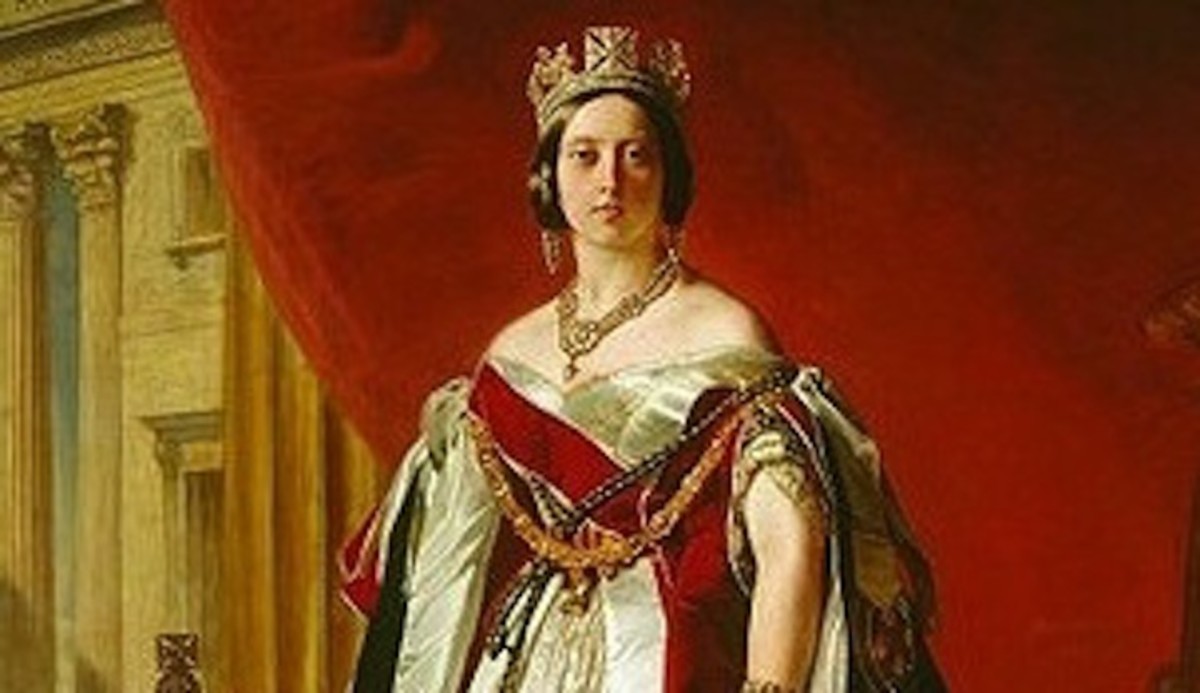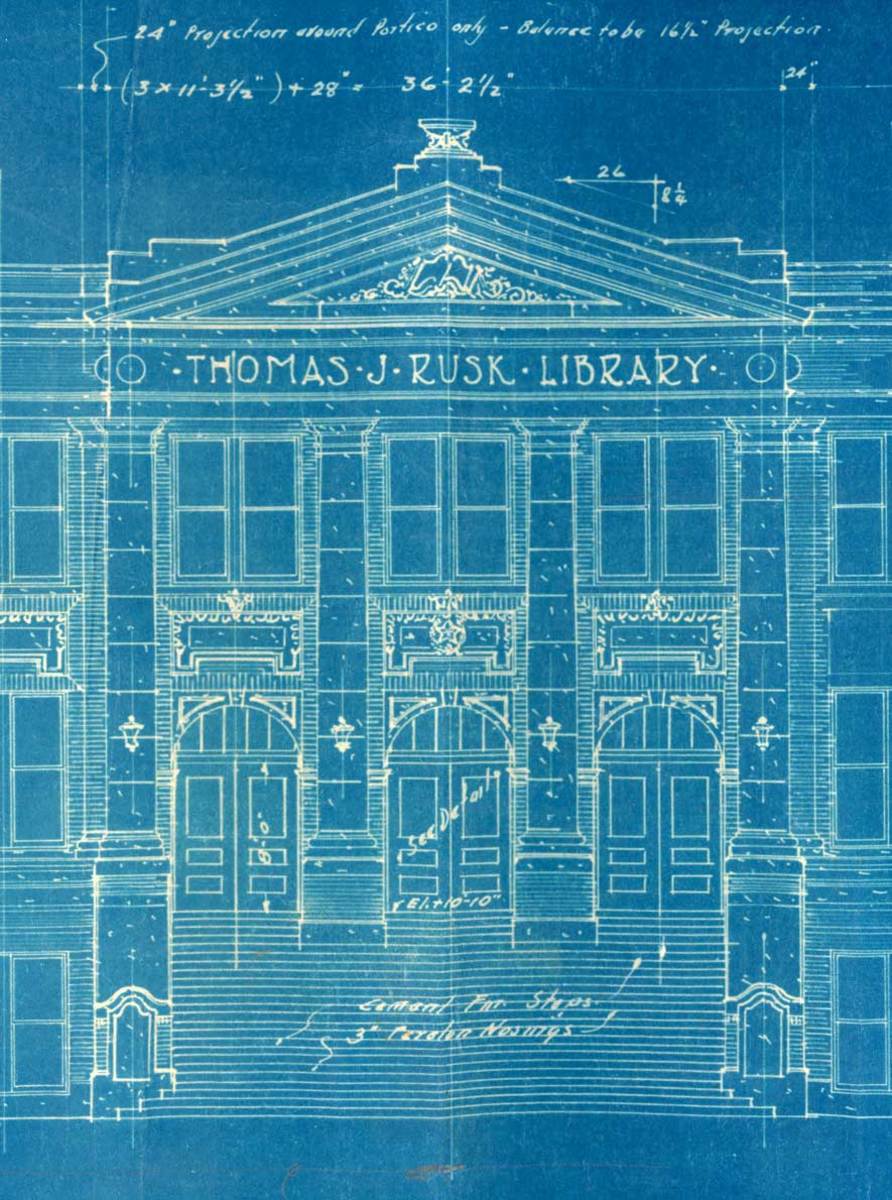The Golden Mean and Interior Design



The Golden Mean
An understanding of the Golden Ratio (the Golden Section, or the Golden Mean), can underscore the successful design of an interior. After all, the Golden Ratio has been employed in the construction of ancient and modern architecture: the Greeks are said to have used this design principle in the building of the Parthenon in Athens, it is integrated into many Romanesque churches and Gothic Cathedrals, but also in ancient Islamic and Moorish architecture. Modern architect Le Courbosier revived the idea of encorporating the Golden Ratio into architecture and advocated it as a prerequisite in 20th century design, as elucidated in his book Towards an Architecture where he describes his “five points of architecture."
The universal law in which is contained the ground-principle of all formative striving for beauty and completeness in the realms of both nature and art, and which permeates, as a paramount spiritual ideal, all structures....
-Albert Zeising from the preface of The New Understanding of the Proportion of the Human Body, published in 1854
Whether learned or not, a creative work like a painting or an interior that appears visually appealing will seem balanced by way of the placement of color, line and objects and their proportion to other elements on canvas or in a room – we prefer this symmetry in artistic expression unless a piece is purposely designed to skew this bent towards order and balance as in deconstructionist art and architecture.
One theory, as presented by 19th century psychologist Adolf Zeising, is that the Golden Mean is a law of nature that he saw as demonstrated by the structure of branches on a tree, the growth pattern of the leaves of a saucer plant, the crystals of a snowflake, the “eyes” on a peacocks feathered tail. Leonardo Da Vinci illustrated his Vitruvian Man in the 1400s as a representation of the proportion of the human body but his idea for this germinated from books on Architecture written by ancient Roman thinker Vitruvius who believed that the proportion of the human body could be translated into the scale and proportions used in architectural design.
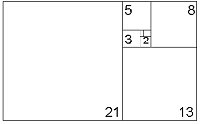
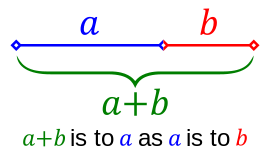
The Golden Rectangle
The principle of the Golden Mean can be visually represented by the Golden Rectangle, which is a subdivided into several interior squares and this in itself is based on a mathematical equation. If you take two quantities, or the two largest squares for example, one smaller than the other, the ratio of the smaller quantity to the larger quantity will be the same ratio as that of the larger quantity to the total of the two quantities added together. In other words, the ratio of the small box to the big box is the same as the big box to box A and box B added together. The ratio of the larger box to the smaller box is a 1:1.61 ratio, the Golden Ratio, and is represented by the Greek letter Phi. It can be applied to just about anything visual represented – web page layout, a living room, a movie, the scorebook of a symphony.
An object can be subdivided several times but if adhering to the Golden Ration, a balance is achieved that represents visual symmetry which underscores the success of any design concept. This Golden Rectangle expresses this aesthetic subdivision: within one rectangle are placed seven smaller squares that descend in size. The boxes can stack together in a sort of spiral that flow from the bottom left corner to the upper right corner of the rectangle then to the center of the whole. The Golden Rectangle is a blueprint onto which design can also be structured and it becomes a standard rule unto which design can be enacted.
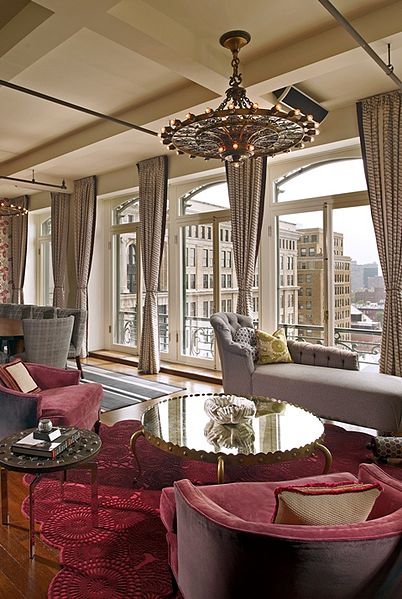
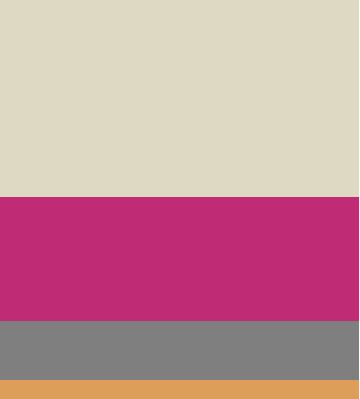
Using the 60-30-10 Rule
It may be useful to simplify the Golden Ratio as applied to interior design and look at it as an approximate ratio translated as the 60-30-10 rule. Several components are combined within an interior space to create a complete design: furniture, plants and accessories, drapery and lighting, and paint or wallcoverings. Each element has to be balanced with the items or objects that it is similar too, like an easy chair in its relation within a space to a couch, but also to those that it differs from like the pattern on a throw cushion as it relates to the striped curtains. If the design of an interior is seen as a careful balancing between each major element, and their sub-elements, then the process of assembling them in an entirety or finished décor could be mapped out much like a Golden Rectangle is. Some designers are lucky and rely on an intrinsic feel for how color should be appropriated, what patterns and accents are effective in order to balance and embolden an interior, what furniture should be placed in a room and where. Albeit my hunch is even artistic genius relies on a formula even if unspoken. Using the 60-30-10 can help the artistic process.
First, consider the space in terms of the objects placed within it as contrasted to the “white” space or space that is empty. The ratio should be something like 60% of the room filled to 40% empty space (the 60 in the 60-30-10 rule). This can be helpful to understand when delineating the function and flow of a room and how to improve it, avoiding an overcrowding in the room or even an empty feeling that speaks “this place needs something more.”
Secondly, consider the space in terms of color. Generally, 60% of an interior should be neutral in color. This is applied to the entirety of the space but also to subgroups, i.e. %60 of the furniture is neutral or one general color that can be seamlessly contrasted by a bolder color or pattern. The dominant neutral color should be contrasted with about 30% of a darker color that can be expressed by way of any element in the room, furnishings, rugs, drapes, accent pieces. 10% of the room should be an allotment of colors that fall somewhere in between the two more dominant colors. For example, if your primary color is powder blue, your secondary color could be navy blue and third color could be grey. Patterns in the fabrics used can combine these colors or be variations of one color. Lastly, a very small percentage of the items in the room can be a color that compliments but also offsets the other three colors in the palate. In this case, black would work well.
Seasoned designers usually have perfected their own process of creating quality design for a variety of clients. A less experienced designer may need more time to collect and render ideas but knowing that a formula does exist in some sense that can be applied to the creation of design can help anyone understand how balance, symmetry and harmony in a design project can be achieved.







